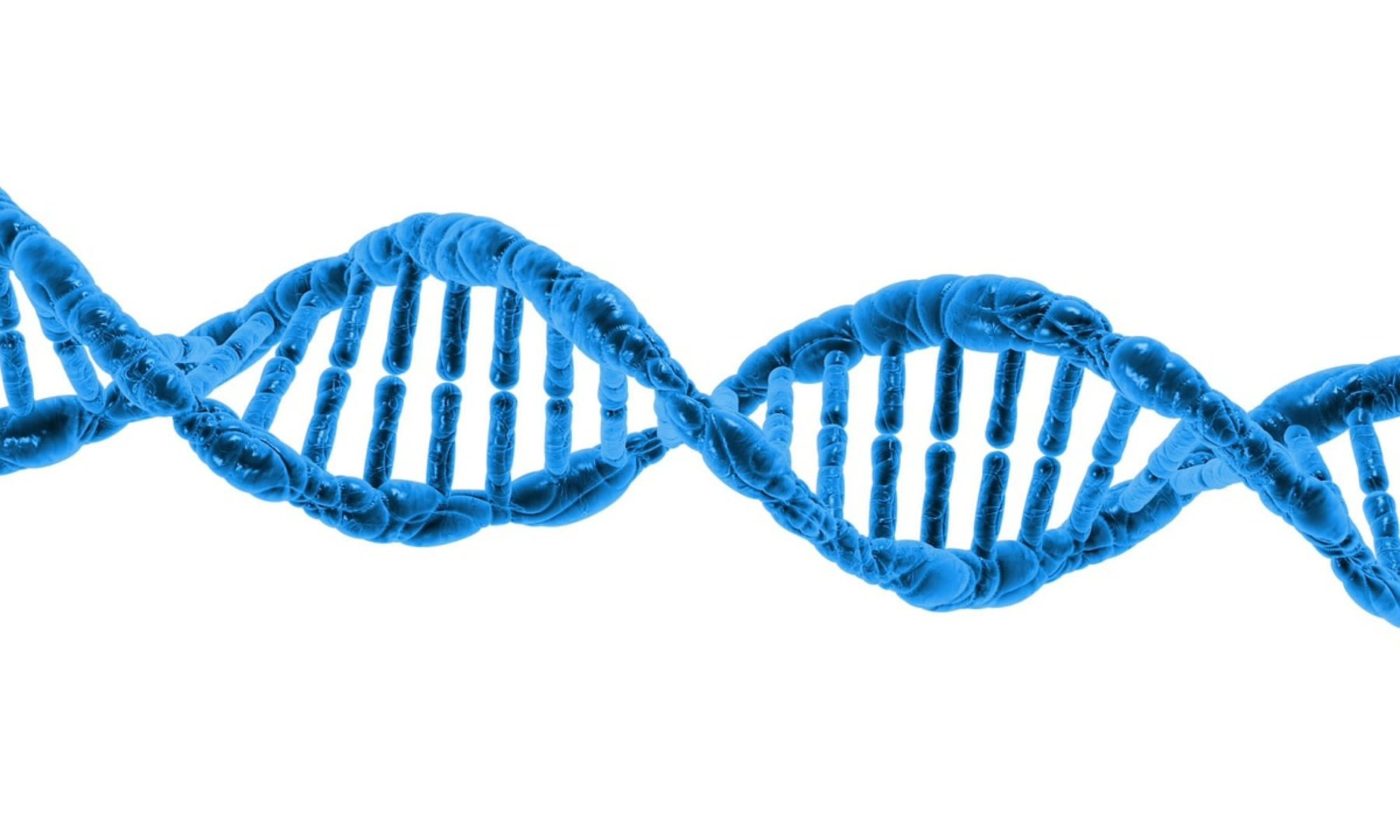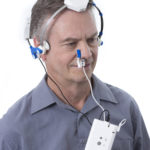Current application and future directions of photobiomodulation in central nervous disease
Abstract
Photobiomodulation using light in the red or near-infrared region is an innovative treatment strategy for a wide range of neurological and psychological conditions. It can promote neurogenesis and elicit anti-apoptotic, anti-inflammatory and antioxidative responses. Its therapeutic effects have been demonstrated in studies on neurological diseases, peripheral nerve injuries, pain relief and wound healing. We conducted a comprehensive literature review of the application of photobiomodulation in patients with central nervous system diseases in February 2019.
The NCBI PubMed database, EMBASE database, Cochrane Library and ScienceDirect database were searched. We reviewed 95 papers and analyzed. Photobiomodulation has wide applicability in the treatment of stroke, traumatic brain injury, Parkinson’s disease, Alzheimer’s disease, major depressive disorder, and other diseases. Our analysis provides preliminary evidence that PBM is an effective therapeutic tool for the treatment of central nervous system diseases. However, additional studies with adequate sample size are needed to optimize treatment parameters.
For further information about photobiomodulation visit: https://www.alzheimersrecovery.com
Illustration of Photobiomodulation device from Vielight.com

